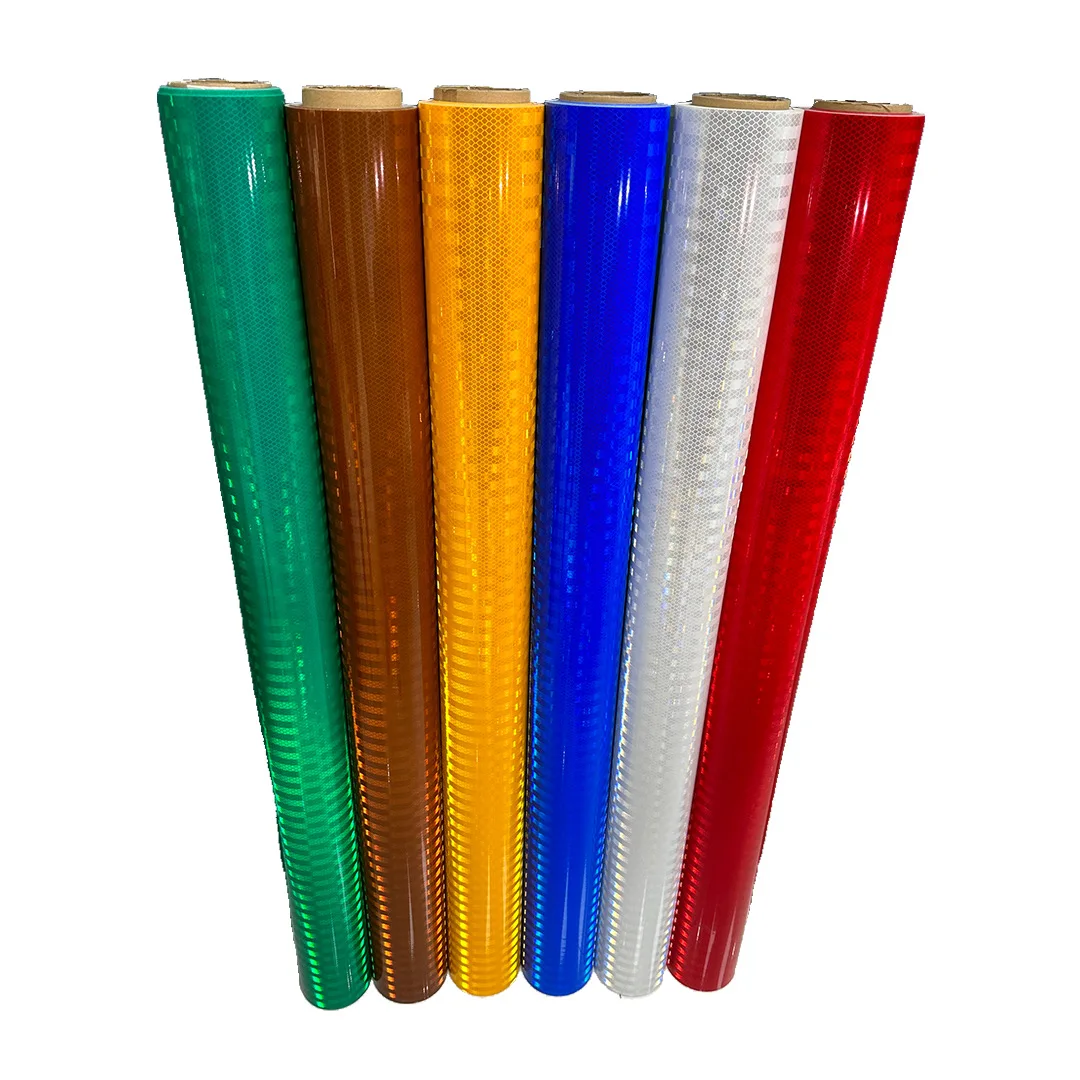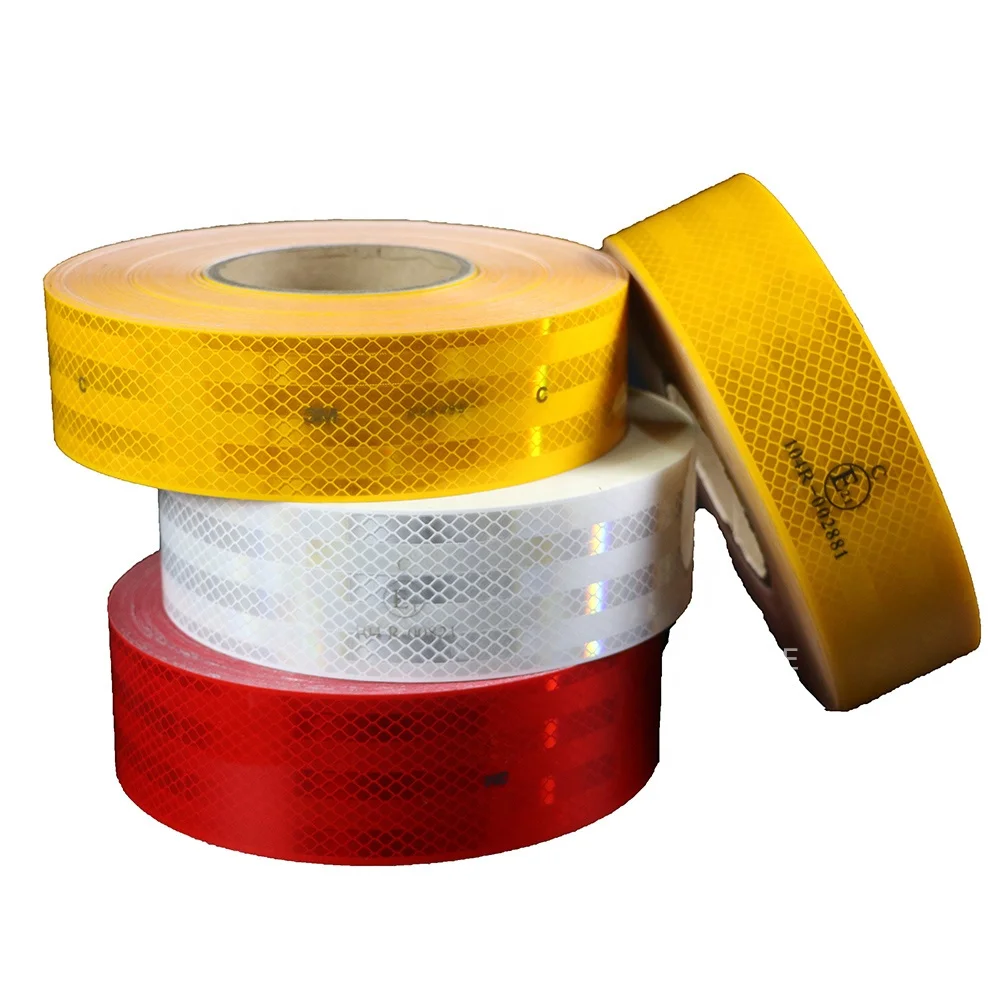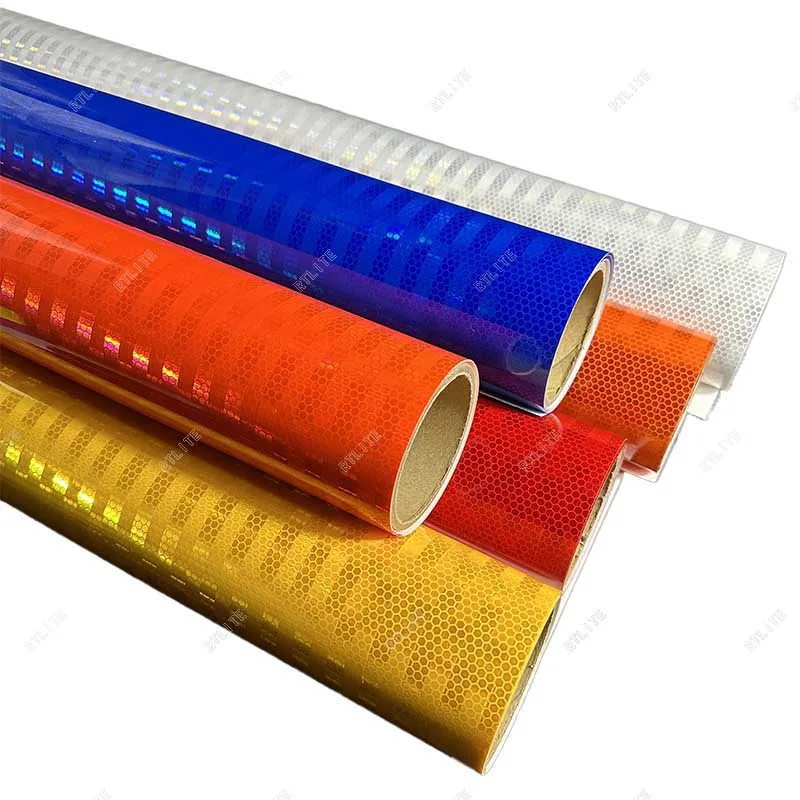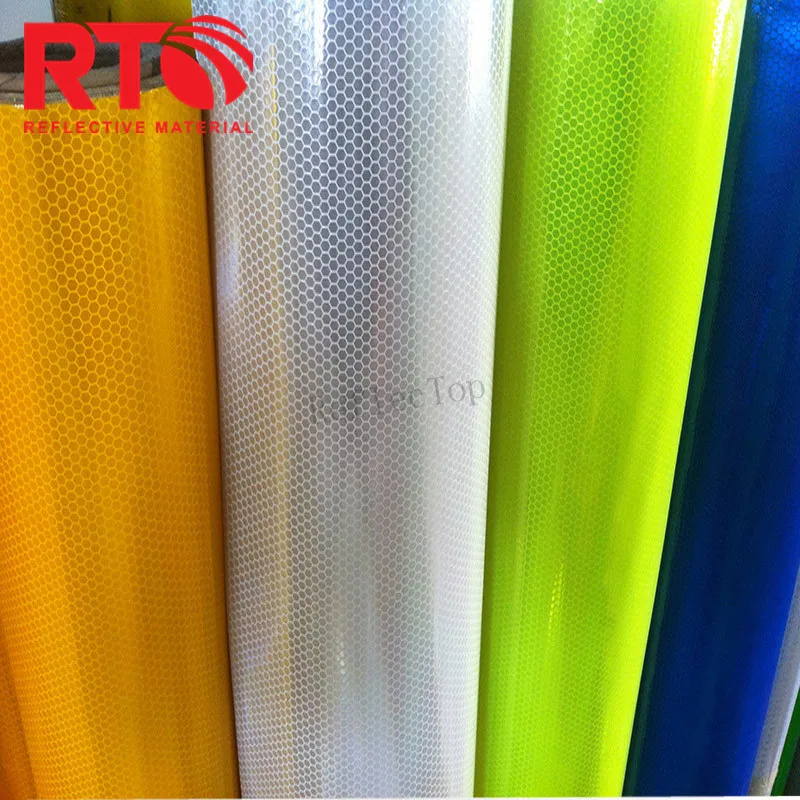Choosing the Right Reflective Materials for Vehicle Conspicuity
Why Reflective Materials are Critical for Vehicle Conspicuity
Reflective materials are indispensable for vehicle safety, especially in low-light conditions. Their importance is highlighted by statistics showing that approximately 90% of traffic accidents occur at night or in poorly lit environments. This emphasizes the necessity for enhanced visibility to avoid such incidents. Reflective materials, such as reflective tape and glow in the dark tape, can drastically improve the visibility of vehicles. They ensure vehicles are distinctly visible to other drivers and pedestrians, thereby reducing the risk of collisions.
Moreover, the efficacy of reflective materials in decreasing accident rates has been well-documented. Various studies indicate a potential reduction in accidents by 20-30% with the effective use of reflective materials. These materials, including reflector tape and reflective stickers, act as a safeguard, making vehicles more conspicuous and minimizing the chances of mishaps. This functionality is crucial not just for safety but also for compliance with vehicle safety standards, which often mandate the use of such materials. By integrating reflective materials, we contribute significantly to road safety, ensuring safer travel for everyone.
Key Factors When Choosing Reflective Materials for Vehicle Safety
Durability and Weather Resistance
Durability is crucial when choosing reflective materials for vehicles, as they must withstand various harsh environmental factors like UV exposure, temperature changes, and moisture. Long-lasting materials mean less frequent replacements and lower maintenance costs, providing both economic and safety benefits. Products with strong weather resistance ensure that their reflective properties remain effective over time, regardless of challenging conditions. Reflective materials with high weather resistance ratings are typically backed by warranties, indicating their reliability and durability.
Reflectivity Performance at Wide Angles
The performance of reflective materials depends significantly on their ability to maintain visibility across various angles and light sources. Materials with high reflectivity should perform optimally, even under varied angles, ensuring that vehicles remain visible from numerous positions. Testing for reflectivity usually follows standardized procedures to ensure these products adhere to safety regulations. Such performance metrics are pivotal during vehicle inspections and ensure that reflective materials meet the necessary safety standards.
Adhesive Strength and Substrate Compatibility
Adhesive strength is another critical factor, as it ensures reflective materials bond securely to vehicle surfaces, even under high-stress conditions. Weak adhesion can lead to material failure, significantly compromising vehicle safety. It is vital to choose materials that are compatible with a variety of substrates such as metal, plastic, and paint to get the most out of reflective materials in terms of effectiveness and longevity. Manufacturers often provide guidelines for optimal surface preparation to guarantee proper adherence and maximize safety outcomes.
Top Reflective Material Solutions for Enhanced Vehicle Safety
EGP Engineer Grade PET/PMMA High Brightness Reflective Sheet (7-Year Warranty)
The EGP Engineer Grade PET/PMMA Reflective Sheet provides an outstanding solution for enhancing vehicle visibility on the road. It is crafted to offer exceptional brightness and is designed to reflect light effectively from various angles. This ensures that vehicles remain visible even in challenging lighting conditions. With a seven-year warranty, this product assures durability and reliability, making it a dependable choice for commercial and personal vehicle applications. Suitable for decals, signage, and emergency vehicles, it serves as a versatile solution that meets both safety and versatility needs.
5.08cm*45.7m DOT-C2 Certified Acrylic Reflective Tape
The 5.08cm*45.7m Acrylic Reflective Tape is a certified product that aligns with DOT-C2 standards, ensuring high visibility and compliance for vehicle safety. Not only does it offer excellent reflectivity, but its flexibility and size make it applicable to a range of vehicle types—from small cars to large trailers. Its ease of application to different surfaces and its resilience against environmental challenges make it an ideal choice.
10-Year HIP Acrylic Prismatic Reflective Sheeting
The 10-Year HIP Acrylic Prismatic Reflective Sheeting is engineered for longevity and superior visibility. Its prismatic technology ensures enhanced light reflection, which is vital for traffic signage and vehicle safety markings. Suitable for various environments, this sheeting significantly boosts visibility even under low light conditions, thus bolstering road safety. The ten-year service life makes it an economically sound investment for long-term safety solutions.
Honeycomb Self-Adhesive PVC Reflective Film for Flexible Applications
The Honeycomb Self-Adhesive PVC Reflective Film is renowned for its flexibility and adaptability. Its honeycomb pattern enhances light reflection, making it an ideal choice for creatively marking vehicles and safety signage. Its self-adhesive property allows for easy application on various surfaces, particularly irregular shapes, providing a practical and effective solution for diverse applications. This film stands out with its high visibility and ease of use, tailored for dynamic needs.
Compliance and Best Practices for Reflective Material Use
Meeting DOT-C2 and ECE104 Regulatory Standards
Adhering to DOT-C2 and ECE104 standards is essential for anyone involved with reflective materials. These regulations define the minimum criteria for visibility and durability essential for both manufacturers and users. They ensure that reflective tapes and stickers meet safety requirements. Regular audits and certifications serve as benchmarks of compliance, giving end-users the assurance that the reflective materials they employ are both safe and effective. By meeting these standards, manufacturers also safeguard themselves from legal repercussions while enhancing their market reputation.
Color Coding and Placement Guidelines
Proper color coding and placement of reflective materials are critical for maximizing visibility and recognition. Different colors help identify specific vehicle functions or warnings, vital for quick interpretation by other road users. The Federal Highway Administration (FHWA) offers extensive guidance on the optimal use of colors in signage and markings. This includes recommendations on the placement of reflective materials to ensure they are both visible and effective, enhancing road safety. Incorporating these guidelines into deployments can significantly impact the efficacy of reflective materials in vehicle safety applications.
Surface Preparation and Installation Techniques
Effective surface preparation and installation techniques play a crucial role in the longevity and performance of reflective materials. Clean, dry surfaces are foundational for optimal adhesion, ensuring that materials remain in place under various conditions. Manufacturers often advocate training and provide guidelines to guarantee that reflective materials are correctly installed. Proper installation maximizes both the life span and efficacy of the material. By adhering to these guidelines, users can ensure reflective tapes and sheets perform as intended, maintaining their reflective qualities over time and use.

 EN
EN










































 ONLINE
ONLINE